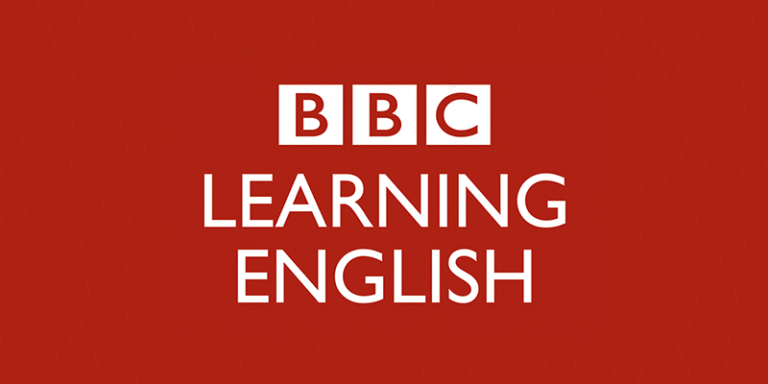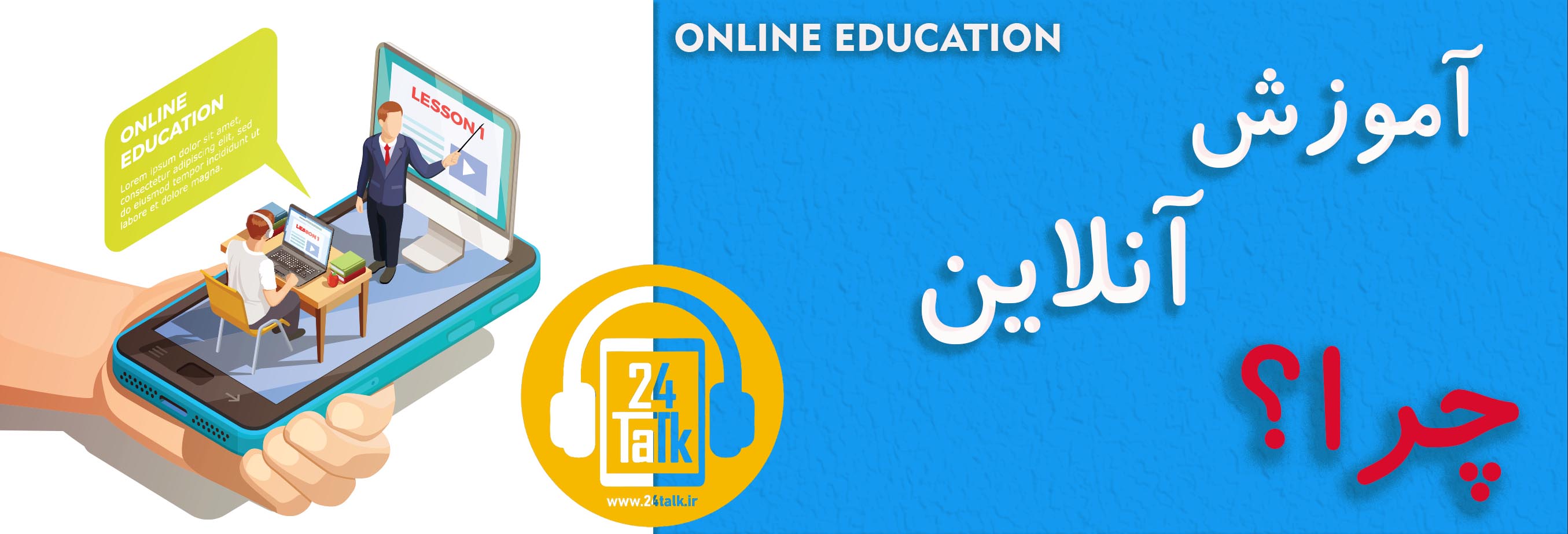پادکست BBC شماره 190 – Is chivalry dead
پادکست BBC شماره 190
سلام با صد و نودمین سری از پادکستهای BBC 6 Minute English در خدمت شما هستیم.
در این قسمت درباره مردانگی در قرن 21 صحبت میکنه. چه چیزی برای تحت تأثیر قرار دادن خانمها در قرن بیست و یکم لازم است؟ شوالیهها نماد مردانگی در اروپای قرون وسطا بودند. در دوره جدید اروپا و البته جهان چه قشر انسانهایی به عنوان نماد مردانگی و جوانمردی شناخته میشن؟
در زیر کلمات کلیدی که باید با آنها آشنا شوید برایتان توضیح داده شدهاند:
chivalry : polite behaviour usually by men towards women
chivalry : رفتار مودبانه معمولاً توسط مردان نسبت به زنان
alive and kicking : very active
alive and kicking : بسیار فعال
re-enactment : where you perform the actions of a past event
re-enactment : جایی که شما اقدامات یک رویداد گذشته را انجام می دهید
my cup of tea : something I would enjoy doing
my cup of tea : کاری که من از انجام آن لذت می بردم
jousting : two people fight on horseback using a long pole or a lance to try to knock the other person off their horse
jousting : یک نبرد سنتی در اروپای قرون وسطی
lance : a long pole used in jousting
lance : یک نوع نیزه که در مبارزات قرون وسطی استفاده میشده
tournament : sporting event
tournament : رویداد ورزشی
fetching : attractive
fetching : جذاب
damsel (in distress) : young unmarried woman (in need of help)
damsel (in distress) : زن جوان ازدواج نکرده
prowess : great skill or ability
prowess : مهارت یا توانایی عالی
conventions : rules
conventions : قوانین
courtly love : an aristocratic code concerning the faithful love of a knight for his lady
courtly love : حس عشق
intertwined : hard to separate
intertwined : در هم تنیده
aristocrats : people of high social rank
aristocrats : اشراف
Transcript of the podcast

پادکست BBC 6 minute English – Is chivalry dead
Neil
Hello and welcome to 6 Minute English. I’m Neil…
Alice
… And I’m Alice. My chair feels [audibly shifts about in her chair] uncomfortable today. How does yours feel?
Neil
Um… mine is fine – very comfortable, thank you.
Alice
Well, it would be nice if you offered to give me your chair, Neil.
Neil
What? No chance. Well, I would be uncomfortable then, wouldn’t I?
Alice
You should give me your seat, Neil.
Neil
Should I? Well, now might be a good time to mention that chivalry is the subject of today’s show.
Alice
Chivalry these days means polite behaviour usually by men towards women.
Neil
Though in the past it referred to a code of behaviour followed by knights in the Middle Ages. It was all about honour and courage in battle – and only later on about being polite to the ladies. Well, we aren’t living in the Middle Ages any more, are we?
Alice
No comment. Let’s go for our traditional question. I have a literary one for you today: Who wrote the novel Don Quixote, about a 50-year old man travelling Spain in search of knightly adventures in rusty armour and a cardboard helmet? Was it…
a) Miguel de Cervantes
b) Leo Tolstoy
Or c) William Shakespeare?
Neil
I think – I’m going to get it right today, Alice – I’m going to say a) Miguel de Cervantes.
Alice
Well, we’ll find out later on in the show if you were right or not. But first, do you think chivalry is dead, Neil?
Neil
No, not at all – these traditions are alive and kicking – in Poland at any rate. If something is alive and kicking it means it’s active. The BBC reporter Adam Easton saw it with his own eyes and is going to describe it for us.
INSERT
Adam Easton, BBC reporter
Medieval knights’ tournaments or battle re-enactments are popular across Europe. But there’s something about dressing up as a knight that particularly appeals to people here in Poland. In the summer there’s events every weekend and here in Malbork Northern Poland home to Europe’s largest medieval castle there’s one of the biggest of the season. There’s archery, crossbow, jousting, other horse skills, and more than a hundred thousand people come to watch these tournaments.
Alice
The BBC reporter Adam Easton. By the way, what’s a re-enactment, Neil?
Neil
It’s where you perform the actions of a past event. And in Malbork in Poland they stage battle re-enactments every weekend apparently – at least in the summer months!
Alice
Mmm… it doesn’t sound like my cup of tea – and that means it doesn’t sound like something I would enjoy doing – how about you, Neil?
Neil
Well, I’m not sure about the archery, crossbow and jousting. It all sounds like too much hard work. But I’d definitely enjoy the dressing up.
Alice
Excellent! Well, jousting is where two people fight on horseback using a lance – or long pole – to try to knock the other person off their horse, especially as part of a tournament – or sporting event. So with the dressing up, Neil – I’m curious. I can’t imagine you as a knight in shining armour, to be honest…
Neil
Come on, Alice. I’d look very appealing to any damsel in distress. A damsel in distress is a young unmarried woman in need of help.
Alice
OK. You might make a very fetching – or attractive – knight, Neil. But you should get used to actually helping the ladies … maybe offering me your seat. I’m still sitting uncomfortably here…
Neil
Come on, Alice, a knight needs to sit comfortably too. We’ve always been the ones with battles to fight!
Alice
But at some point in the history of chivalry – prowess – or skill – on the battlefield became combined with a set of conventions – or rules – governing other aspects of behaviour. This included a knight’s moral and religious duties and how to conduct their love affairs. Professor Laura Ashe at Oxford University explains.
INSERT
Laura Ashe, Associate Professor in English at the University of Oxford, UK
The really strange thing is the idea that love should somehow make you a better knight. I mean, this is what is suddenly claimed in the late 12th century and it makes very little sense, you know, if you imagine a footballer telling his teammates that being in love makes him a better footballer.
Neil
That was Professor Laura Ashe. And I agree with her. What has being a great footballer or a great warrior got to do with love?
Alice
Well, courtly love was a social code governing behaviour between aristocratic men and women that developed at the same time and amongst the same people as chivalry and the two became intertwined – or hard to separate – from then on.
Neil
And aristocrats are people of high social rank. OK Alice, I think it’s time you told us the answer to today’s quiz question.
Alice
Good idea. OK. I asked: Who wrote the novel Don Quixote, about a 50-year old man travelling Spain in search of knightly adventures in rusty armour and a cardboard helmet? Was it… a) Miguel de Cervantes, b) LeonTolstoy or c) William Shakespeare?
Neil
And I said a) Miguel de Cervantes.
Alice
And you were right! Well done! Don Quixote was written by Miguel de Cervantes and published in 1605. It’s a comic novel which describes what happens to an elderly knight who, his head muddled by reading too many romances, sets out on his old horse with his companion Sancho Panza, to seek adventure.
Neil
Very interesting, Alice. Now can we hear the words we learned today?
Alice
Sure, they are:
chivalry
alive and kicking
re-enactment
my cup of tea
jousting
lance
tournament
fetching
damsel in distress
prowess
conventions
courtly love
intertwined
aristocrats
Neil
Well, that’s the end of today’s 6 Minute English. Please join us again soon. And… by the way, Alice, would you like my chair? It’s very comfortable…
Alice
Oh, thank you – now that the programme is over, Neil!
Neil
Better late than never.
Both
Bye.
برای شنیدن دیگر پادکست ها، به بخش پادکست در مرکز آموزش رایگان مراجعه نمایید.








